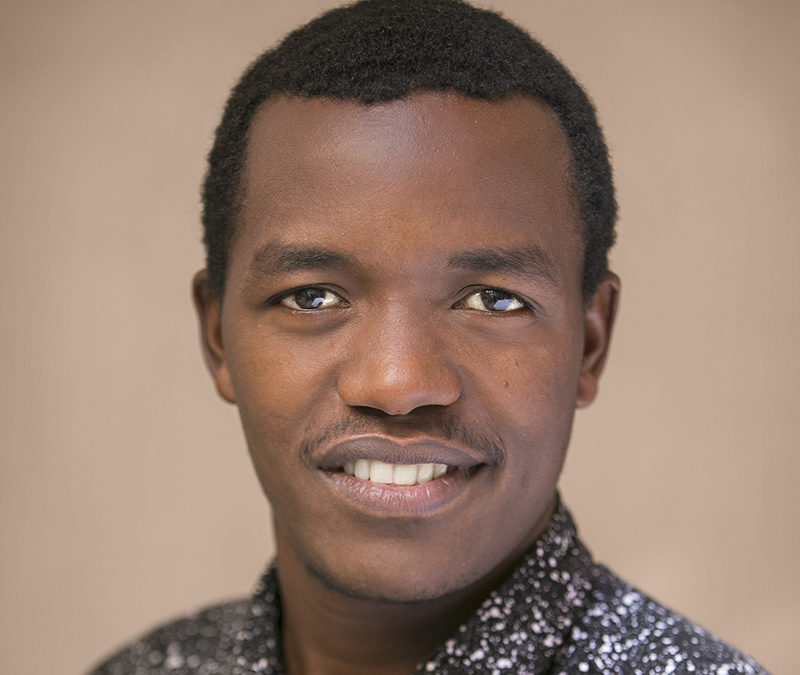Hyppolite Ntigurirwa is an artist, activist, and founder of Be the Peace, an organization focusing on the use of art to halt the intergenerational transmission of hate and to promote the power of cross-generational healing. A child survivor of the 1994 genocide against the Tutsi, Hyppolite continues to promote reconciliation and peace throughout Rwanda. He joined Yale University as a Greenberg World Fellow in 2020 and continues as a Research Fellow at the Schell Center for International Human Rights. He is also the author of the new book A Boy Called Hyppo.
In the beginning of our conversation, Hyppolite talks about his experience of living through the genocide in Rwanda when he was only 7 years old. He and his family were forced to hide and survive every second of the day for months. He witnessed so many atrocities, including the murder of his father. At one point, he even became a child slave for the killers. After the genocide, he lived in a refugee camp for three months.
Hyppolite explains that it was pure hatred that was driving this killing. And this hatred was taught for generations from adults, media and the government. It’s hard to comprehend but many of these killers were former family friends and neighbors: “Everyone I knew, they were being taught to hate us, they were being taught that one day they’d have to kill us, because they were taught that peace for them was to kill the Tutsis.”
After the genocide, Hyppolite continued with his schooling even though his mind was filled with the horrors of what he had witnessed. When he wasn’t able to afford the transportation fees for school, he had to drop out. He talks about his mindset at that time: “I started thinking the only option that is left is to become a killer and do revenge.”
Around this time, he visited a church near where his dad was murdered by the Hutu. In a spiritual conversation, he told his father of his plans to seek revenge against the killers; however, his dad would not give him the go-ahead permission.
One day, while wandering around the church, a miracle happened: Hyppolite met a Congolese doctor who helped him pay for school and supported him throughout his three years of high school.
Hyppolite says that healing and forgiving were a process that happened over time. During this process, he thought back to so many powerful acts of kindness, such as the Congolese doctor and his Hutu Godparents and other Hutu people who risked their lives to hide innocent people during the genocide.
He also began to realize that if he sought revenge, he would be continuing this cycle of killing and hatred. That is when he made the decision to forgive and “be the peace” that he wanted to see in the world.
Once he decided to forgive the killers, he felt energy, joy and empathy. The power of forgiveness renewed his spirit to do his work in the arts and to promote peace in his country and throughout the world.
Hyppolite talks about his organization Be The Peace that started as a theatre project to help people tell their stories. It worked together with the families of survivors and perpetrators, so they could come together, work on a project like building a garden and planting trees, and tell their stories to one another.
For Hyppolite, the way to peace is clear: you must BE THE PEACE. He says, “Live by giving, not by receiving, because by giving, you get a lot more.”
In the end, whatever is happening in the world, Hyppolite always asks this powerful question: “what’s my role?” What can I give to the world? What can I do to be the peace? “When I see anything, any good news, any bad news, I say ‘what’s my role.”
You can learn more about Hyppolite and his 100 day walk across Rwanda here: https://www.bethepeacewalk.net/
You can also read his brand new book A Boy Called Hyppo here: https://www.amazon.com/Called-Hyppo-Genocide-Against-Rwanda-ebook/dp/B08X69RHRM
Podcast: Play in new window | Download






